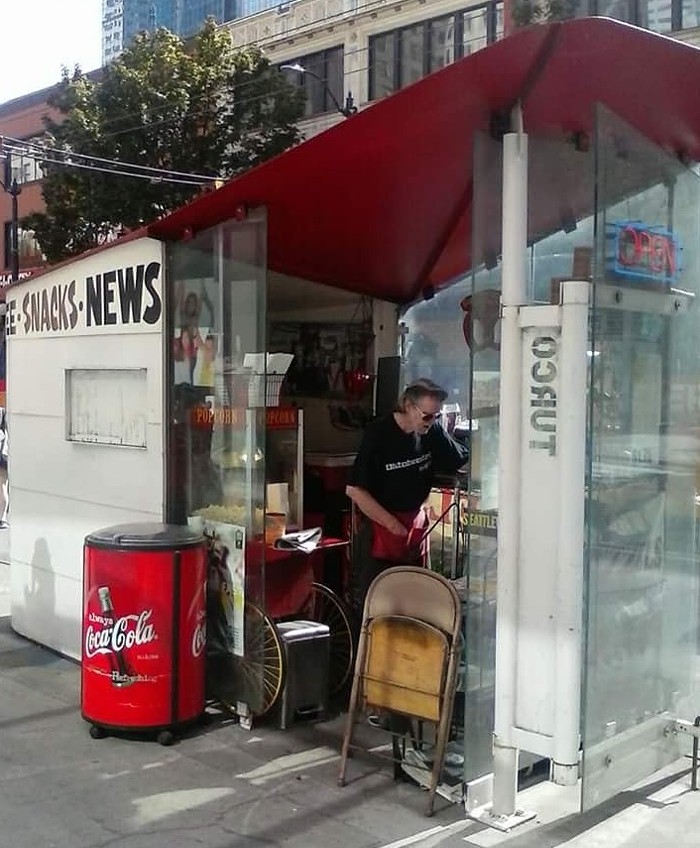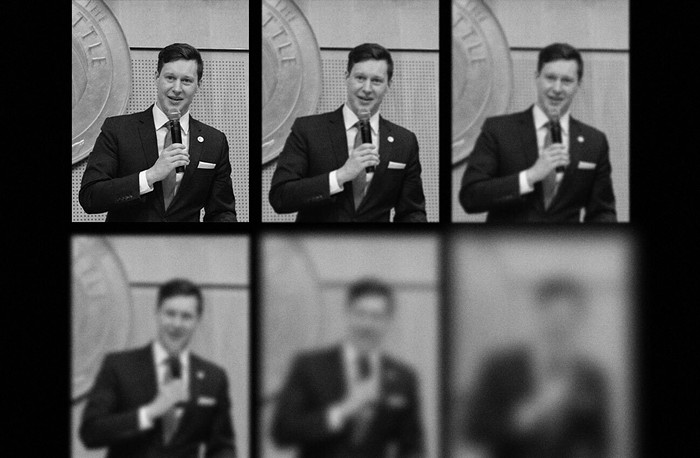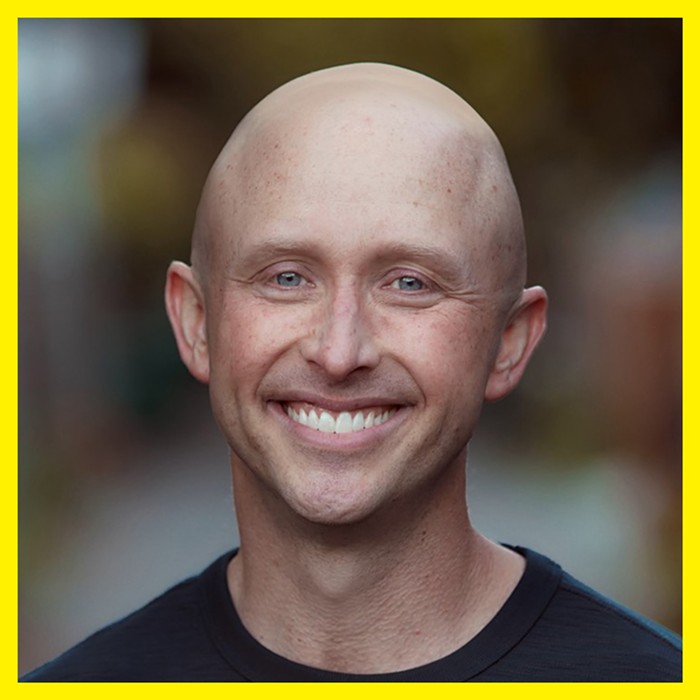Nickels used that factoid to smear City Council Members Nick Licata and Richard Conlin in late April, after the pair questioned Nickels' plan for rapid investment in South Lake Union. After all, the mayor argued, who doesn't want jobs?
And reporters dutifully picked up Nickels' 20,000 jobs line, tossing it at neighbors who seconded Licata and Conlin's skepticism about the mayor's plan at a May 1 press conference: Were the neighbors and council members anti-jobs?
Problem is, the mayor's 20,000 jobs prophecy has plenty of holes in it. First of all, no one is sure how stable the biotech industry is, or whether the capital exists to nurture it ["Mr. Nickels' Neighborhoods," Josh Feit and Amy Jenniges, May 1]. Second, and more important, the number crunching used to come up with the 20,000 figure seems to have come straight from an Enron math book. While the numbers make sense, they describe something much different than what the mayor's touting.
According to an April 2002 draft report from Heartland LLC, a real estate development consulting firm hired by the city's Strategic Planning Office (now the Office of Policy and Management), the 20,000 jobs number is not a calculation of how many people biotech companies are itching to place in South Lake Union. It's a figure of how much space there is for employees. In other words, 20,000 employees is a physical capacity for South Lake Union.
Heartland tagged 108 acres in South Lake Union as "redevelopable," and analyzed the space's zoning requirements to determine how much square footage of commercial space could be developed in the area. The consultants reduced the figure slightly--assuming not all properties would be developed, and those that were developed wouldn't max out the zoning--and projected how much commercial space South Lake Union could gain.
The consultants then calculated how much space biotech employees need (which is slightly higher than regular employees, due to all that lab gear), and applied it to the space that could be built. Voilà! There's room to cram just over 20,000 new employees into the neighborhood. That doesn't mean companies have their lab equipment packed up and ready to move in, though. It just means plenty of space could be built. That's a much different story than the one Nickels has been telling.
While we're at it, there are a few other stories Nickels' people are telling that don't seem to add up. For starters, Nickels has been telling a cute anecdote about the origins of his biotech plan. Over dinner on March 1, 2002, UW President Richard McCormick schooled Nickels on the biotech potential for South Lake Union, trotting out UW scientists to back him up. Nickels then assembled a South Lake Union team to help realize the plan. But the study draft indicates the city's consultants had been interviewing South Lake Union landowners and developers about biotech, and studying biotech neighborhoods such as Cambridge and South San Francisco, for months--since at least December 2001.
Meanwhile, when The Stranger sat down with Deputy Mayor Tim Ceis on May 2, he stressed that the mayor's "Mercer Mess" fix for South Lake Union was just an idea ["Ceis Fire," Amy Jenniges, May 8]. "The proposal we have now is just a proposal--it'll have to go through the community process," he said. So why is Jim Reinhardsen, a leader at Heartland, reportedly already contacting landowners around Mercer Street at the behest of the city--and talking property acquisition? "I was rather stunned," says property owner Mike Foley, who got a call from Reinhardsen.


















